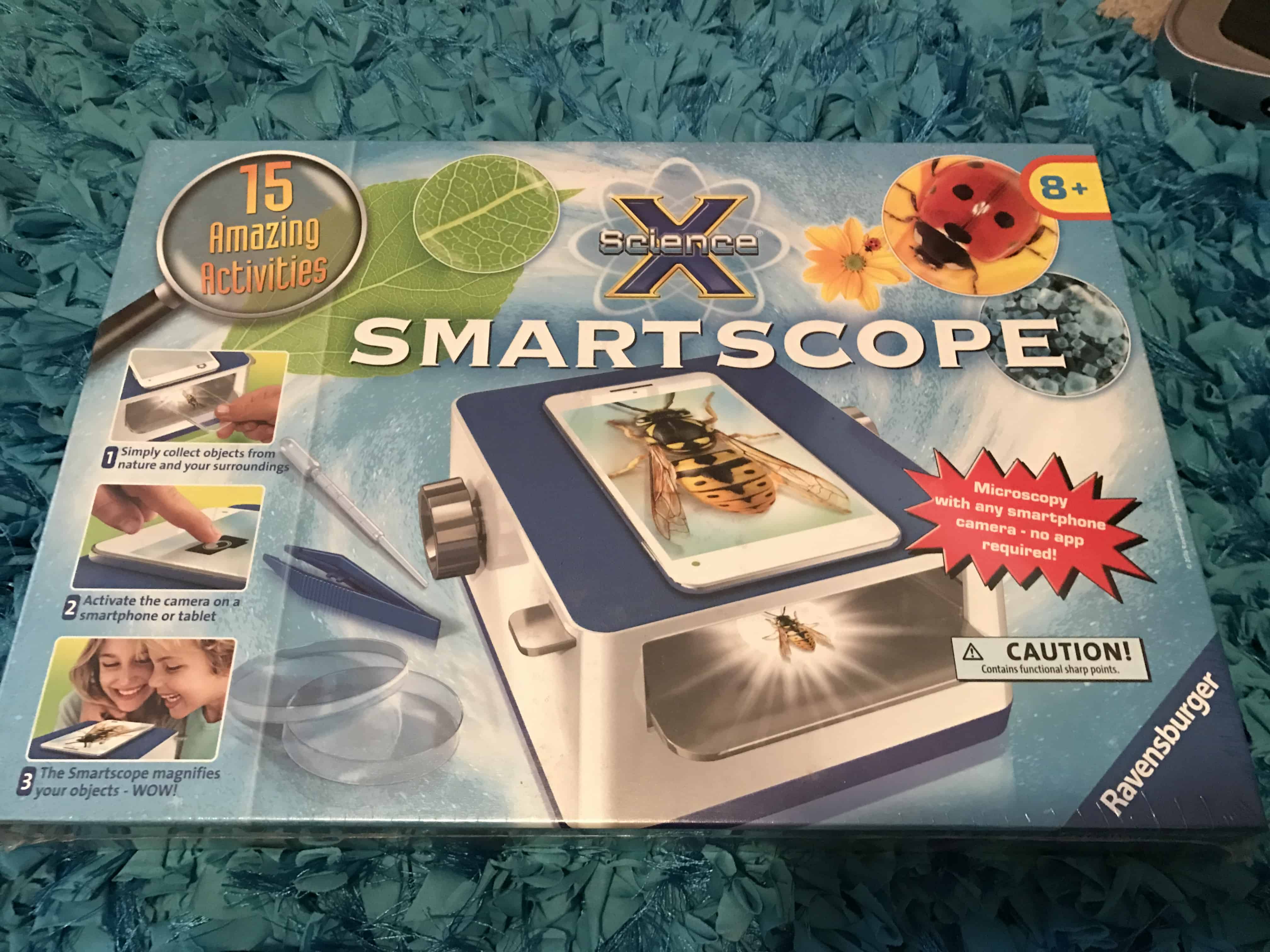

During specimen preparation, interactions with the air-water interface facilitated by the confinement into a thin layer of buffer can destabilize protein complexes leading to denaturation and aggregation or force the molecules into a ‘preferred orientation’ ( Noble et al., 2018). The ideal specimen for solving a structure is a single layer of randomly oriented macromolecular complexes embedded into a thin slab of vitreous ice. However, optimizing specimens for high-resolution cryo-EM imaging remains a significant barrier ( Weissenberger et al., 2021).
#SMARTSCOPE MANUAL SOFTWARE#
Over the past decade, advances in hardware and software have improved the resolution and throughput of single particle analysis (SPA), establishing cryo-EM as a method of choice in structural biology. Our automated tool for systematic evaluation of specimens streamlines structure determination and lowers the barrier of adoption for cryo-EM.
#SMARTSCOPE MANUAL MANUAL#
Manual annotations can be used to re-train the feature recognition models, leading to improvements in performance. A web interface provides remote control over the automated operation of the microscope in real time and access to images and annotation tools. SmartScope employs deep-learning-based object detection to identify and classify features suitable for imaging, allowing it to perform thorough specimen screening in a fully automated manner. Here, we present SmartScope, the first framework to streamline, standardize, and automate specimen evaluation in cryo-EM. While automation has significantly increased the speed of data collection, specimens are still screened manually, a laborious and subjective task that often determines the success of a project.

EMD-25764įinding the conditions to stabilize a macromolecular target for imaging remains the most critical barrier to determining its structure by cryo-electron microscopy (cryo-EM). human DNA polymerase gamma accessory subunit, POLG2. Riccio AA, Bouvette J, Borgnia MJ, Copeland WC. Automated systematic evaluation of cryo-EM specimens with SmartScope - Trained models for square and hole detectors. īouvette J, Huang Q, Bartesaghi A, Borgnia MJ. Automated systematic evaluation of cryo-EM specimens with SmartScope - Training data for hole detector. Automated systematic evaluation of cryo-EM specimens with SmartScope - Training data for square detector.
#SMARTSCOPE MANUAL CODE#
Cryo-EM density maps of POLG2 collected using SmartScope have been deposited in the Electron Microscopy Data Bank (EMDB) with accession code EMD-25764.īouvette J, Huang Q, Bartesaghi A, Borgnia MJ. Source code and installation instructions are available from (copy archived at swh:1:rev:9e58e2a2b278ca65156390175d393819fbb16a3b). Square and hole images and corresponding labels used for training the ML models are available at 10.5281/zenodo.6814642 (square finder) and 10.5281/zenodo.6814652 (hole finder). Cryo-EM density maps of POLG2 collected using SmartScope have been deposited in the Electron Microscopy Data Bank (EMDB) with accession code EMD-25764. The Jupyter notebook used to aggregate the statistic in Figure 3 and Appendix 1-Tables 2–5 is part of the code repository ( Bouvette et al., 2022a). Trained models used to obtain the results shown in Figures 1 and and2 2 are available to download from 10.5281/zenodo.6842025.


 0 kommentar(er)
0 kommentar(er)
